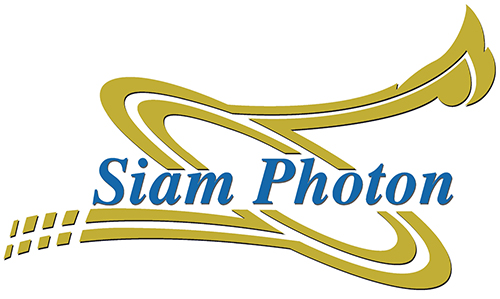
Energy is one of the fundamental necessities for life. To harness energy efficiently, it is crucial to explore new processes or materials for energy storage, whether it is natural or human-generated energy.
Assoc. Prof. Dr. Sukanya Nilmoung from Rajamangala University of Technology Isan (RMUTI), Prof. Dr. Santi Mansiri from Suranaree University of Technology (SUT), and Dr. Wanwisa Limphirat from Synchrotron Light Research Institute (Public Organization), or SLRI, collaborated to develop a material for energy storage. They synthesized and studied the electrochemical properties of carbon nanofiber mixed with lithium iron silicate. This composite material was utilized as a supercapacitor electrode with a carbonization temperature variation of 700 oC and 800 oC.
The research team employed Time-Resolved X-ray Absorption Spectroscopy (in-situ TRXAS) technique to measure the change in oxidation state of an electrode material during the charging and discharging processes. They found that the composite material of activated carbon nanofiber (ACNF) mixed with lithium iron silicate (ACNF/Li2FeSiO4) at a carbonization temperature of 800 oC exhibited the highest specific capacitance compared to the composite material at a carbonization temperature of 700 oC, the pure ACNF, and pure lithium iron silicate.
The composite material also demonstrated excellent stability, retaining 85% of its initial capacitance after 1,000 cycles of charging and discharging processes. This indicates a slowing down of the battery degradation when using the material in battery production. Furthermore, the use of synchrotron radiation in the in-situ TRXAS technique to analyze iron in the material structure showed that the composite material has good oxidation and reduction capabilities, with a change of oxidation state between +2 and +3 during the charging and discharging processes.
The team also applied other techniques to analyze the material properties, along with synchrotron analysis, and discovered that the composite material of ACNF mixed with lithium iron silicate (ACNF/Li2FeSiO4) has interesting electrochemical properties. The result also showed the potential application of this material as a supercapacitor electrode, leading to development of a high-efficiency energy storage material that meets the end-users’ need.

Figure (a) The specific capacitance as funtion of current densities for ACNF/Li2FeSiO4
Figure (b) The specific energy against specific power
Figure (c) The capacity retention at 1000 cycles
Figure (d) The in-situt XANES spectra at Fe K-edge during charge and discharge
Reference:
Nilmoung, S., Limphirat, W. and Maensiri, S., “Electrochemical Properties of ACNF/Li2FeSiO4 Composite Nanostructures for Supercapacitors”, Journal of Alloys and Compounds 907 (Jun 2022): 164466.
Article by:
Assoc. Prof. Dr. Sukanya Nilmoung, Rajamangala University of Technology Isan (RMUTI)
Prof. Dr. Santi Mansiri, Suranaree University of Technology (SUT)
Dr. Wanwisa Limphirat, Synchrotron Light Research Institute (Public Organization) or SLRI

